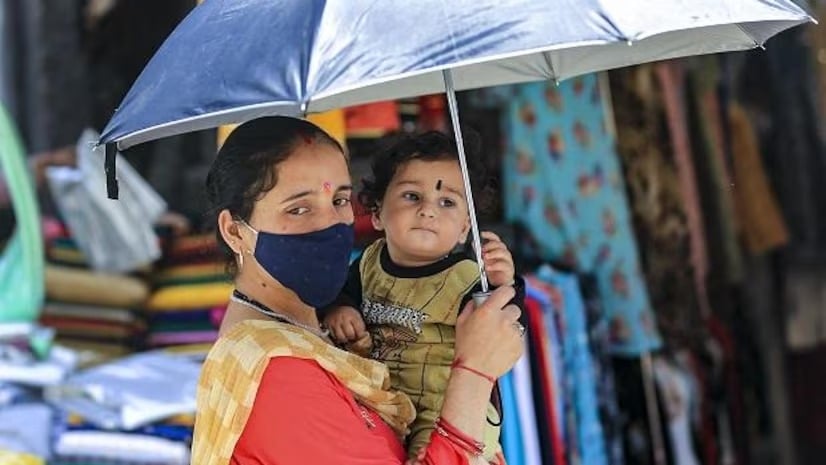According to the most recent IMD bulletin, heatwave to severe heatwave conditions are expected in isolated areas of Coastal Andhra Pradesh and Yanam. Odisha, and Chhattisgarh, as well as heatwave conditions in Gangetic West Bengal, Bihar, Jharkhand, Uttar Pradesh, and Madhya Pradesh.
What constitutes a heat wave?
The IMD defines a heat wave as a location with an ambient temperature. That is at least 4.5-6.4°C higher than the long-term average. A heat wave occurs when the maximum temperature rises beyond 45°C (or 37°C at a hill station). The formal definition of a heatwave is severe heat and a period of extremely hot weather. It is usually accompanied by extreme humidity.
The post also addressed the impact and proposed actions in response to the heat wave. According to IMD, temperatures in Yellow alert zones are moderate, although the general people can tolerate the heat. However, the emphasis should be on mild health issues for vulnerable groups, such as babies, the elderly, and persons with chronic diseases.
“Warm night temperatures are expected to prevail in isolated regions over Odisha, Jharkhand, Bihar. Along with the town of Mara, and North Interior Karnataka. For the past 24 hours, southwesterly and northwesterly winds have prevailed throughout the state, ” stated Sravani, a scientist at the Hyderabad Meteorological Centre.
- Advertisement -
“The heat wave conditions are also anticipated in Jayashankar and Bhupalpally. Mulugu, Medak, Adilabad because temperature levels are rising continuously,” the official said.
There is a forecast of small showers in the southern regions of various districts in Andhra Pradesh. Providing relief from the sweltering heat of summer. With the mounting challenges of global warming and climate change, heat waves in India have become a serious threat to the health and well-being of the Indian people.
“The temperature is expected to drop, resulting in normal weather conditions,” the expert stated. IMD further advised the public in the affected areas to prevent heat exposure by wearing lightweight, light-colored, loose-fitting cotton clothing, covering their heads, and carrying a cloth, hat, or umbrella.



